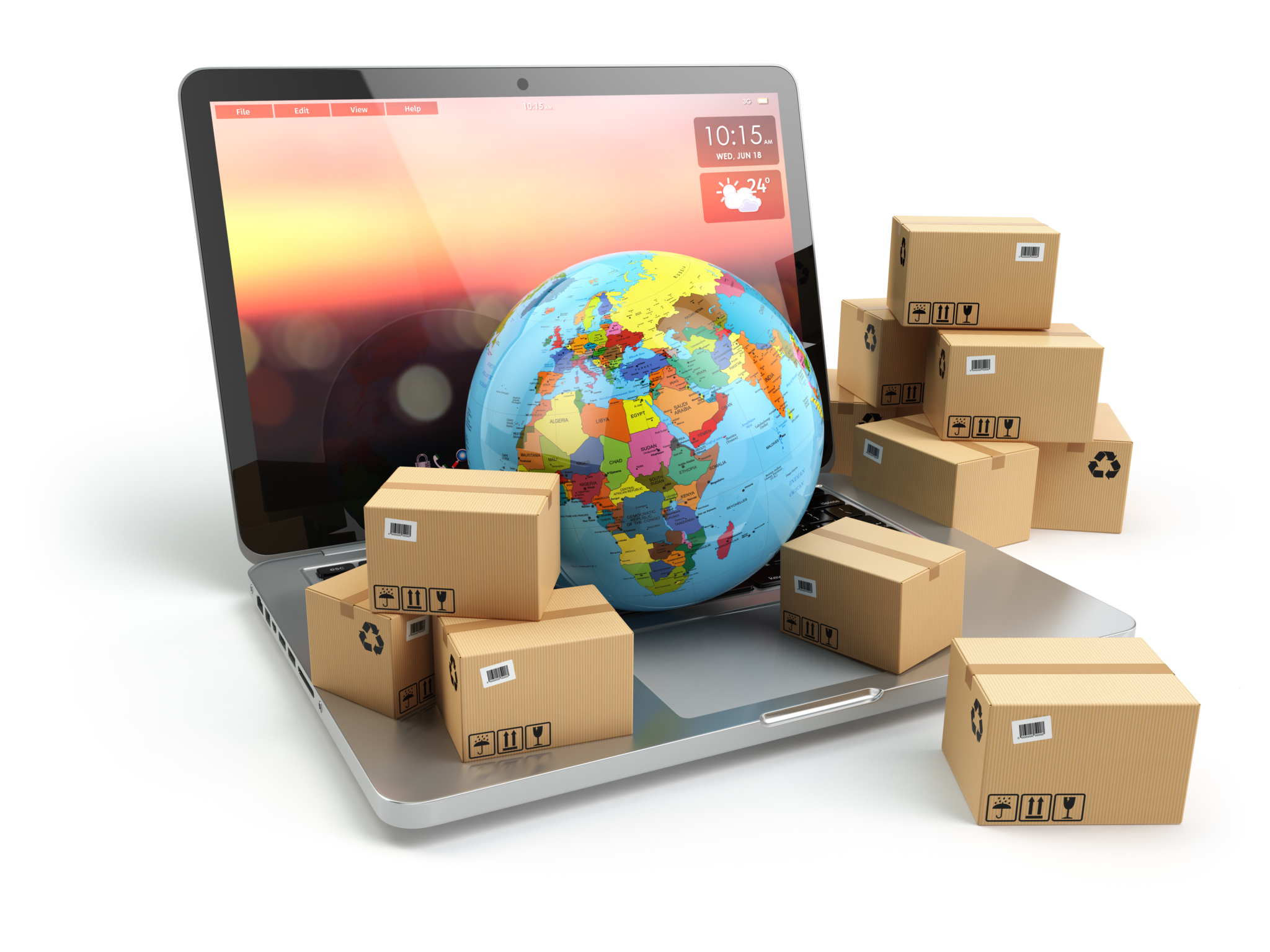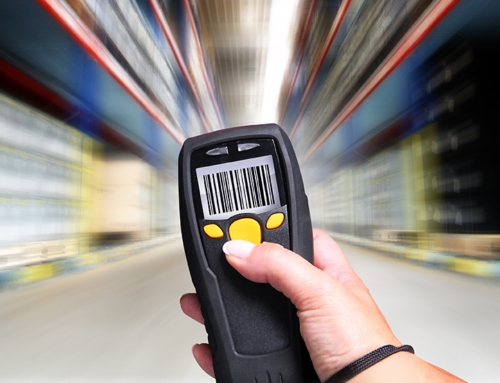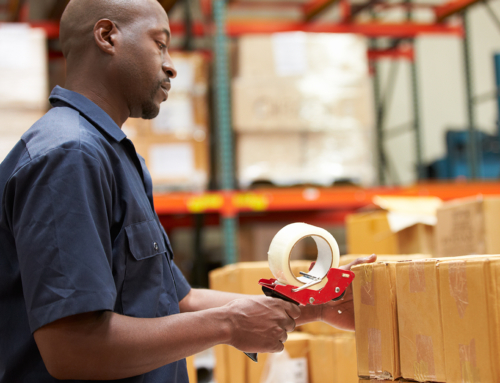Anyone who has spent any amount of time dealing with eCommerce can tell you, running an online shop or bricks-and-clicks operation means becoming proficient in handling returns.
Reverse logistics has to be a high priority, especially when you consider that as much as 30 percent of what’s ordered from eCommerce vendors is returned. This is largely why there’s been so much recent attention given to a formerly ignored part of the retail process: returns management.
The better your returns management process, the more productive you can be overall and the happier your customers will be.
3 Ways That Improving Returns Improves Productivity
You’ve probably heard terms like “lean” and “agile” used when people talk about customer-facing logistics, but you don’t hear those terms as much in conjunction with reverse logistics. It’s tragic, because these concepts are every bit as important, though much more difficult to implement fully.
Because returns management often involves some amount of manual processing of highly variable items, vendors may feel that there’s not really any good way to improve their returns process. The good news is that there are probably lots of little things you can do that would add up to great big changes and improved productivity overall.
These are just a few:
Reexamining processes can root out waste in the system. What you did five years ago may have worked just fine, but it’s not necessarily going to work today because of the dramatically different retail climate. Start at the beginning of your process, the point where the customer initiates the return, and work through it step by step to find places that can be tightened up.
For example, would it be easier to simply include a pre-printed smart label with every shipment that kept your team in the loop as packages worked their way back to your facility instead of making the customer request one when a problem occurs?
Automation means faster processing times. You may think there aren’t places in your returns process for automation, but instead of looking at reverse logistics as one whole process that needs a human eye to render an opinion on resellability, break it into small steps. Insert automation or machine-based assistance anywhere you can.
For example, you can use an app designed specifically to help with grading returned products to speed up their sorting as they come in. A human is needed to run the app and make the final call, but the app speeds up the decision, increasing overall productivity of the team, and also ensures a more consistent result.
Flexible system designs make switching projects simple and fast. If you’re looking to redesign your physical systems, as well as your returns processes, spend some time investigating modular components like conveyors. These pieces are made to be taken apart and reassembled in different configurations quickly, so if you’re processing t-shirt returns one day and book returns another, it’s not a problem to switch your lines around in a hurry.
The faster you can rearrange your system (or hire a professional returns management partner), the faster everyone gets back to work and the more products you can run back through to your sales floor or warehouse that day.
Better returns management can lead to increased productivity and improved cash flow for your business overall. Many successful businesses have found extra money just waiting for them as they improved their reverse logistics. It’s definitely an area that’s worth investing some time and effort into streamlining.







Leave A Comment